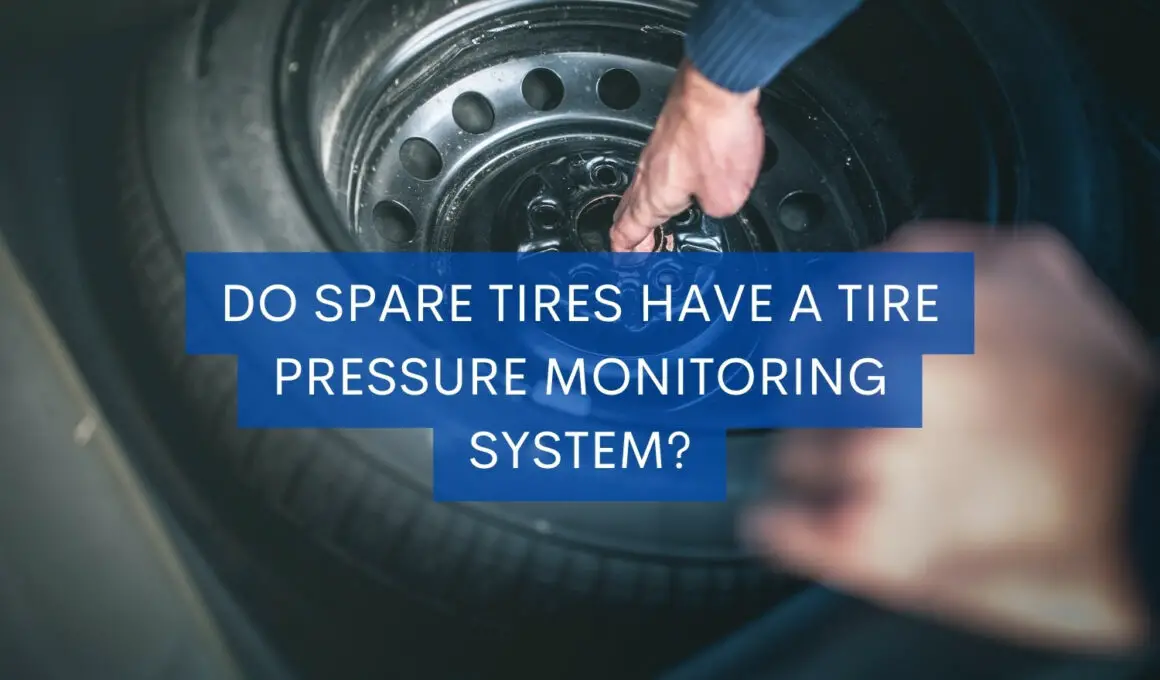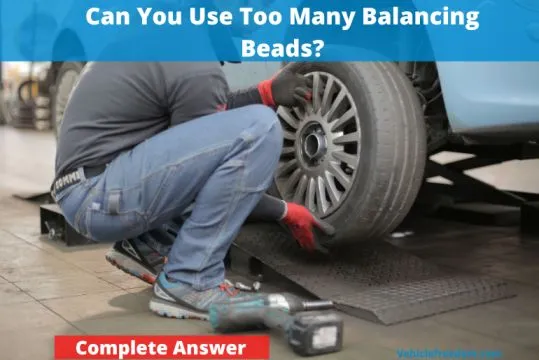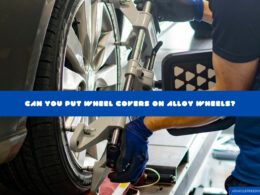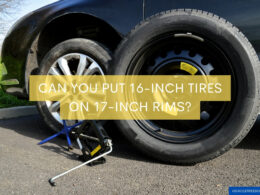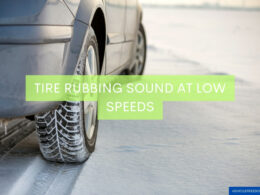In This Article Show
As an experienced mechanic with over 15 years of hands-on experience in the automotive industry and writing, I’ve understood the importance of focusing on the often overlooked aspects of vehicle maintenance. One of these is the Tire Pressure Monitoring System, or TPMS, specifically its presence – or absence – in your spare tire.
TPMS is a crucial feature of your vehicle that can greatly contribute to your safety on the road, but many drivers aren’t fully aware of what it is, how it works, or even if it applies to their spare tire. I believe it’s essential for all drivers to have a good understanding of this system.
In this article, we’ll discuss TPMS, mainly focusing on whether your spare tire is equipped with it.
What is TPMS (Tire Pressure Monitoring System)?
TPMS is a common acronym in our industry, but for many drivers, it may not be something they come across regularly. TPMS stands for Tire Pressure Monitoring System, and it’s a safety feature found in modern vehicles.
Essentially, the TPMS is designed to monitor the air pressure in your tires. It uses sensors, either located within the tire itself or on the car’s ABS system, that continuously measures the air pressure and send this information to your vehicle’s computer system.
If the tire pressure drops below the manufacturer’s recommended level, the system triggers a warning light on your dashboard. This is the tire symbol you may have noticed illuminating occasionally.
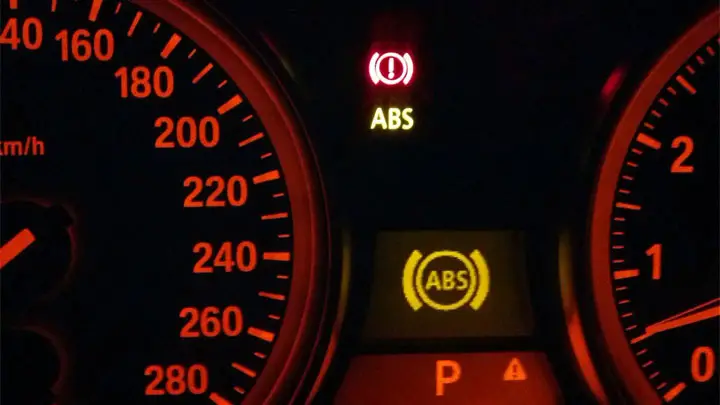
The primary purpose of TPMS is to alert you when your tire pressure is dangerously low.
Low tire pressure can lead to a range of issues, from uneven tire wear to decreased gas mileage, and in extreme cases, a blowout. By providing an early warning, TPMS allows drivers to address low tire pressure before it becomes a serious issue, enhancing your safety on the road.
It’s important to note that while TPMS is a valuable tool, it doesn’t replace the need for regular manual tire pressure checks. It’s always a good idea to check your tire pressure at least once a month and before long trips, as part of your routine vehicle maintenance.
Does Your Spare Tire Have a TPMS?
Having explored what TPMS is and its function, we now turn to the question that forms the crux of our discussion: Does your spare tire have a TPMS?
The answer isn’t as straightforward as one might think. In most cases, traditional spare tires – often referred to as ‘donuts’ due to their smaller size compared to standard tires – do not have a TPMS sensor.
The main reason is that these spare tire types are designed for temporary use, to get you to a garage or tire shop where your flat tire can be repaired or replaced. They aren’t intended for long-term use or high-speed driving and thus usually don’t warrant the inclusion of a TPMS sensor.
However, there are exceptions. Some vehicles, particularly higher-end models, come with a full-size spare tire. In these cases, the spare tire might have a TPMS sensor. Moreover, if you’ve purchased a full-size spare tire separately and had it mounted on a rim, you might have included a TPMS sensor.
The best way to determine if your spare tire has a TPMS is to check your vehicle owner’s manual or consult a professional mechanic if the TPMS light on your dashboard remains lit after you’ve replaced a flat tire with your spare and driven a few miles, that indicates that your spare does not have a TPMS sensor.
Importance of TPMS in Spare Tires
Now that we’ve established whether or not your spare tire might have a TPMS sensor, let’s discuss why this knowledge is crucial. Through my 15 years of experience as a mechanic and writer, I’ve seen how vital this understanding can be in ensuring safe driving conditions.
Safety Reasons
The first and foremost reason is safety. Even though a spare tire is designed for temporary, emergency use, it’s still vital that it’s inflated to the correct pressure.
An underinflated or overinflated spare tire can lead to issues like poor handling, increased tire wear, and in extreme cases, a tire blowout – the very scenario you’re trying to avoid by using your spare tire in the first place.
Having a TPMS sensor in your spare tire alerts you to pressure issues just as you would with your standard tires.
For The Convenience
Secondly, it’s a matter of convenience. While it’s true that a traditional spare tire without a TPMS sensor will not trigger the TPMS warning light immediately, it can cause confusion later on.
If you’ve fixed the flat tire issue but haven’t reset your spare tire to its proper storage condition, you might have an unexpected TPMS warning. Knowing whether your spare has a TPMS sensor helps you troubleshoot these issues more efficiently.
How to Care for Your Spare Tire’s TPMS
If your spare tire does come equipped with a TPMS sensor, it’s crucial to know how to maintain and care for it properly. In my years of professional mechanic and writing experience, I’ve seen firsthand the benefits of well-maintained TPMS sensors in spare tires.
1. Carry out regular inspections
Regular inspection is the first step in taking care of your spare tire’s TPMS. Just like with your main tires, you should periodically check your spare tire for proper inflation.
Remember, TPMS isn’t a replacement for regular tire pressure checks. Refer to your vehicle’s owner’s manual for the recommended pressure levels.
2. Don’t ignore the signs
Next, if your spare tire has been used and you’ve noticed the TPMS light on, don’t ignore it. It means the tire pressure is low and needs attention. While you can inflate the tire using an air pump, it’s best to inspect it by a professional to ensure there are no punctures or other damage.
3. Keep an eye out for the battery
Finally, keep in mind that TPMS sensors are battery-operated. These batteries usually last around 5-10 years but will eventually need replacement. If your spare tire has a TPMS and you’ve been using the same one for several years, it may be worth getting the TPMS sensor checked and replaced if necessary.
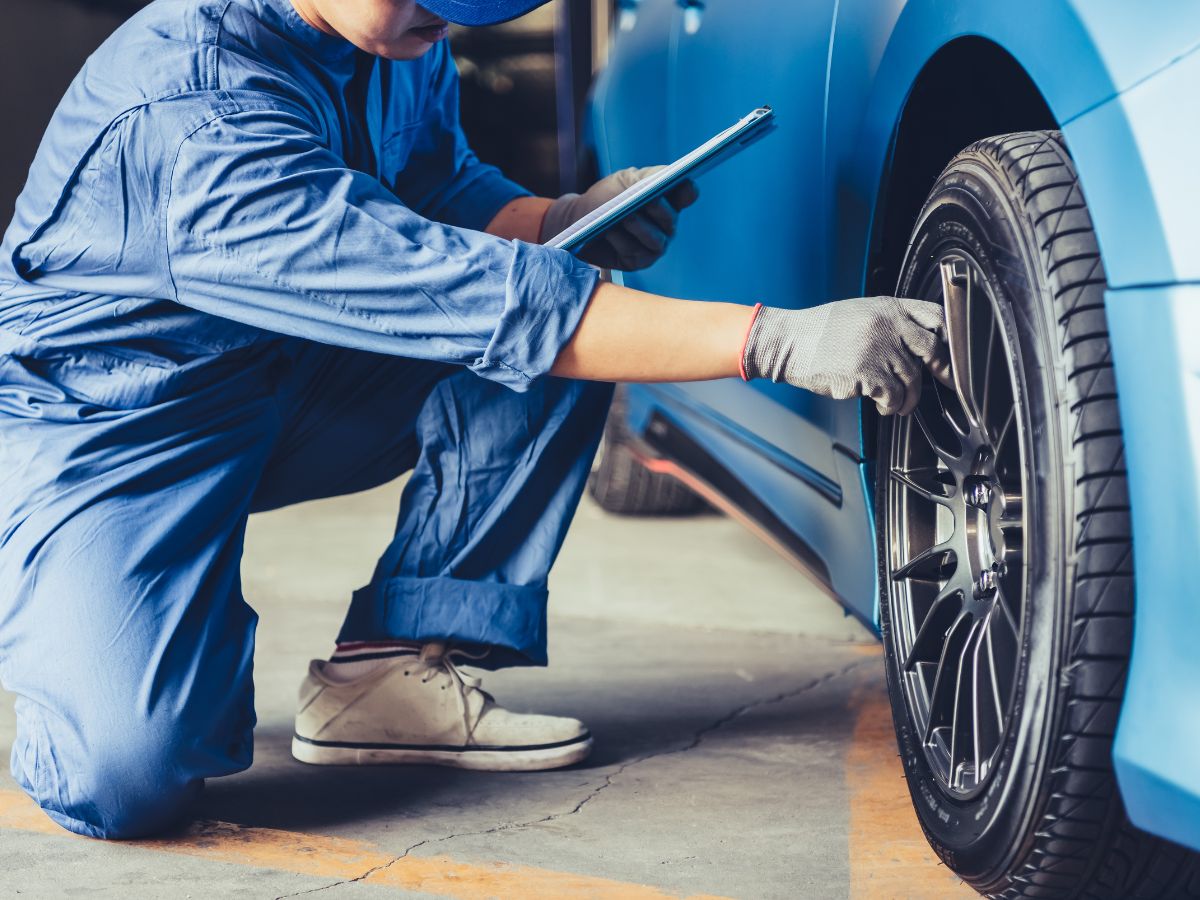
Frequently Asked Questions about Spare Tires and TPMS
Throughout my 15 years in the automotive industry, I’ve encountered various questions about spare tires and TPMS. Here, I’ll address some of the most common ones, aiming to understand this topic comprehensively.
Why doesn’t my TPMS warning light go off after I’ve installed the spare tire?
If your spare tire doesn’t have a TPMS sensor, your vehicle’s TPMS warning light may remain on after you’ve installed the spare. It’s not a cause for alarm, but it does mean you should get your original tire repaired or replaced as soon as possible.
Can I install a TPMS sensor in my spare tire?
Yes, it’s possible to install a TPMS sensor in your spare tire if it doesn’t already have one. However, this is usually done for full-size spare tires rather than smaller, ‘donut’ spares. It’s best to consult with a professional mechanic to discuss your options.
My vehicle came with a full-size spare. Will it have a TPMS sensor?
Most likely, yes. Many newer vehicles that come with a full-size spare tire also have a TPMS sensor installed in the spare. However, it’s best to check your vehicle’s owner’s manual or consult with a professional to be sure.
How often should I check the pressure in my spare tire?
Just like your regular tires, you should check the pressure in your spare tire at least once a month, as well as before long trips. This is true regardless of whether it has a TPMS sensor.
My TPMS light came on while I’m using the spare. What should I do?
If your spare tire has a TPMS sensor and the TPMS light comes on, treat it as you would if the light came on with one of your regular tires. Check the tire pressure and add air if needed. If the light remains on after adjusting the tire pressure, consult with a professional as soon as possible.
Wrapping it up
Understanding whether your spare tire has a TPMS and how to maintain it isn’t just useful knowledge – it’s a crucial aspect of being a responsible vehicle owner.
By knowing how your TPMS works and its role in your spare tire, you are better prepared to deal with tire-related issues, prevent possible problems, and ensure the longevity of your vehicle.
In summary, while most traditional spare tires do not come with a TPMS, some full-size spares do. Regularly checking your spare tire’s pressure, and maintaining the TPMS if it has one, is crucial for your safety on the road.






